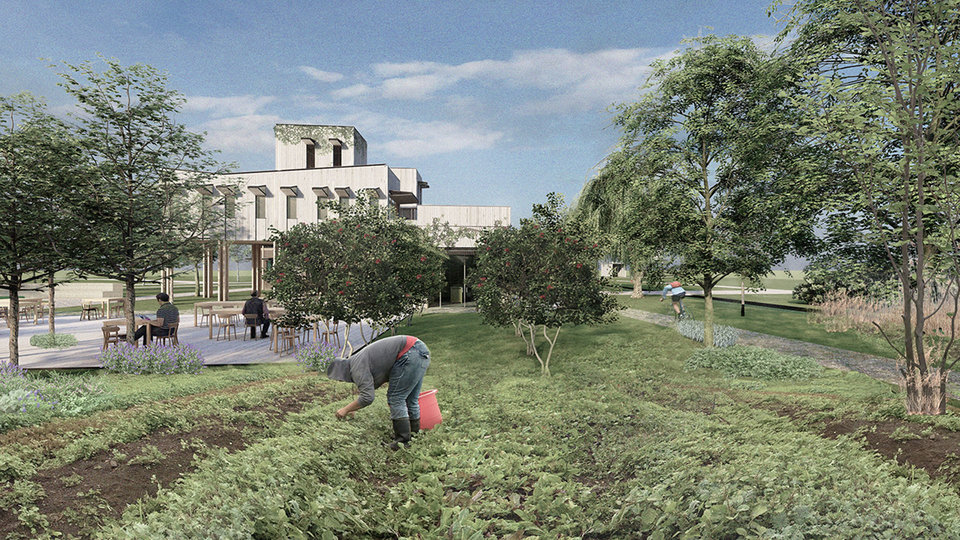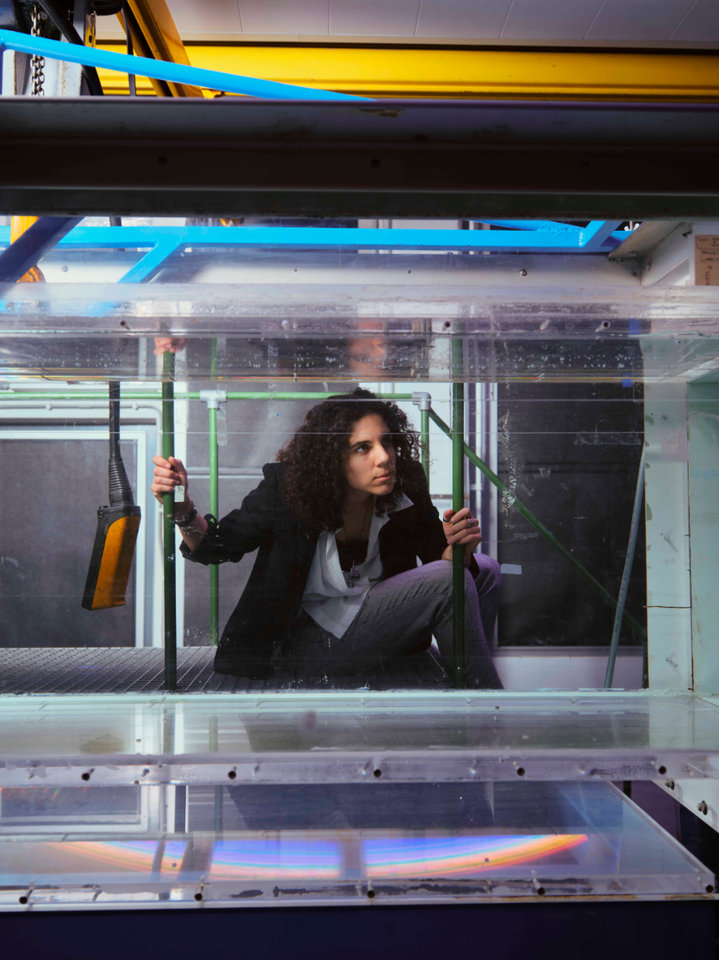Days are short in December and January, but this does not mean darkness sets in early in the Netherlands. On cloudy nights, light pollution turns the night sky of Delft a bright orange. Let’s start designing for darkness, Dr Taylor Stone proposes in his research.
“It wasn't until halfway through my thesis that I started thinking more about darkness than about lighting,” Dr Taylor Stone admits, when asked what triggered him to focus on designing for darkness. In the year 2019 Stone defended his PhD thesis at the Faculty of Technology, Policy and Management. In his thesis, Stone proposes to design for darkness by incorporating nine values of darkness and has been putting his theory into practice ever since. His starting point for his thesis was quite the opposite, namely focusing on the negative effects of artificial lighting. Examples of these effects are energy wastage; harm to ecosystems and wildlife; detrimental effects on human health and well-being; and the hindered experience of the night sky.
Nine values of darkness
If you want to tackle the negative effects of lighting, Stone thought, why not focus on the positive effects of its opposite: darkness. By using his nine values (illustrated above), he aims to revalue what darkness is and can mean for us, for our health and for our environment. Sounds quite soothing, considering that the most easily accessible night sky is on Google rather than in our immediate surroundings. To make his philosophy more tangible, the doctor of darkness puts forward practical applications in which these values can be used. For example in a lighting plan for a recreation park at Delft.
Lighting plan for recreation park Delftse Hout
Stone has teamed up with lighting design firm Atelier LEK, business association Delftse Hout and other local stakeholders to develop a masterplan for the Delftse Hout park, envisioned as a testing ground and precedent for responsible lighting strategies. The Delftse Hout is an important park and recreation space near the city centre of Delft. Improved lighting has been identified as a priority for future development plans and future lighting installations should strive to preserve the nocturnal ecology and minimize light pollution, while preserving a safe environment for cyclists who commute through the park.
Nocturnal bicycle ride
To get a good feel of the issues at hand in the park, Stone and Atelier LEK organised a nocturnal bicycle ride with local stakeholders, a police officer, ecologists and students. This ride made clear that some areas are too dark for cyclists to find their way and they also feel unsafe, while in other areas lighting is not serving any purpose. “In the dynamic and responsive lighting strategy we will develop ideas for minimal light interventions that improve routing and safety in the park, while at the same time respecting species like bats via a conscientious use of lighting colours and brightness levels”.
Responsive strategies
Stone mentions interventions such as sensors that respond to activity or preferences, to improve wayfinding and reassurance while keeping energy usage at a minimum; prototype sensors that adjust illumination to changing ambient conditions (e.g., twilight hours, cloud covering, moon stages), the development of lighting scenarios that are responsive to the local ecological needs, such as foraging times of bats. “A combination of these strategies that are user-, environmental- and ecology responsive has the potential to attune to seasonal cycles and the local ecology, creating a novel nightscape and night-time experience and a safe environment. It even helps maximizing energy and cost savings.”
Student involvement
Besides doing research Stone is also involved in teaching engineering students at TU Delft. In the Delftse Hout project both activities come together. Research is brought to the Delft community and at the same time students can help solve real life problems, in this case preserving darkness in a bright world. “I teach responsible innovation and want to incorporate value-sensitive design in education by involving my students in this project. Last year my students did research into light pollution in the park. This year they focus on revitalising highway underpasses, that are often perceived as unsafe by users. It is great to see the students’ enthusiasm and the out-of-the-box ideas they come up with. You can tell that they enjoy contributing to society. They feel they can actually make a difference, and at the same time they learn to work as a responsible engineer”, explains Stone.
Cutting-edge best practices
The Delftse Hout plan is rather innovative and uses a radical approach to urban park lighting. Many concepts are still largely untested and Stone does not yet know which challenges will come his way concerning technical, political or social aspects. This does not deter the project team from being ambitious: “It is an exploratory project and we hope to develop best practices that can serve as cutting-edge sustainable, efficient and ecologically-sensitive lighting plans. We are committed to become the first urban area in Europe to obtain the Urban Night Sky Place certificate of the International Dark-Sky Association, concludes Stone vigorously.
Source: TU Delta. author Nina van Wijk
Header picture by Sander van Iersel
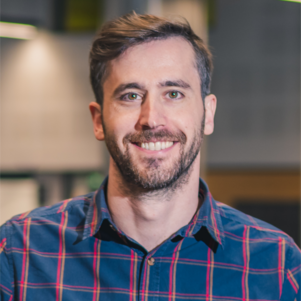

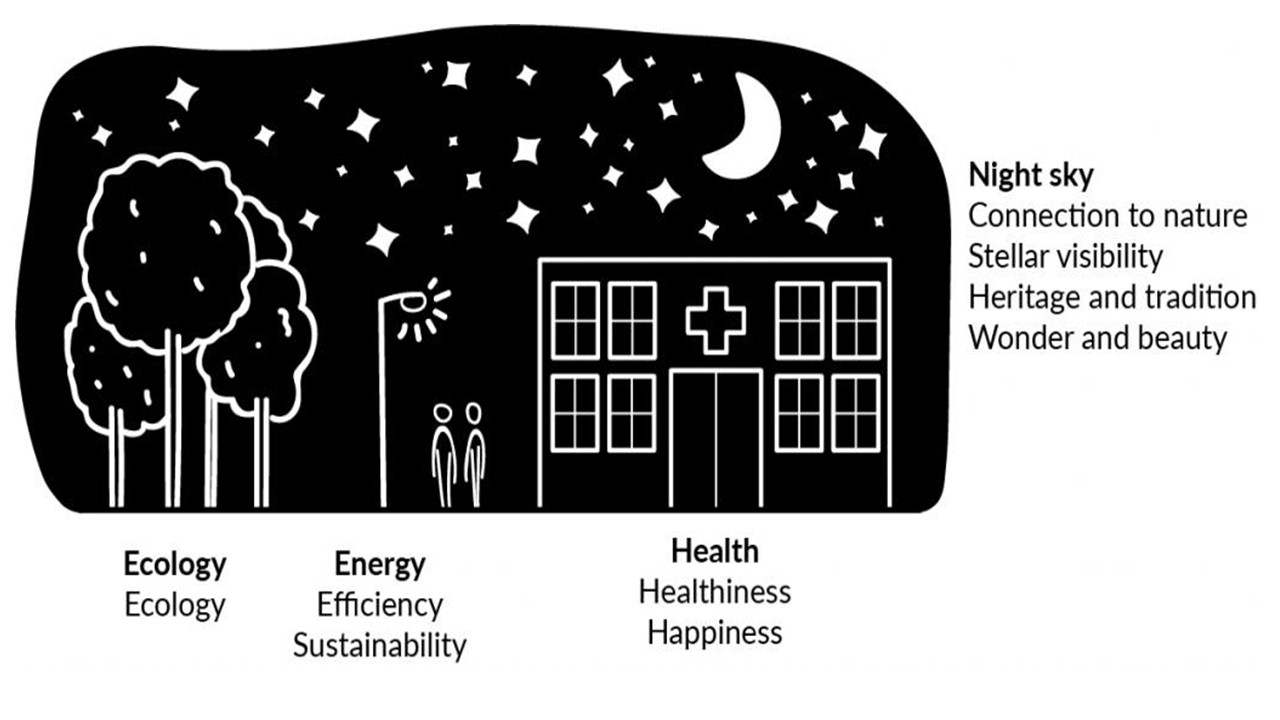
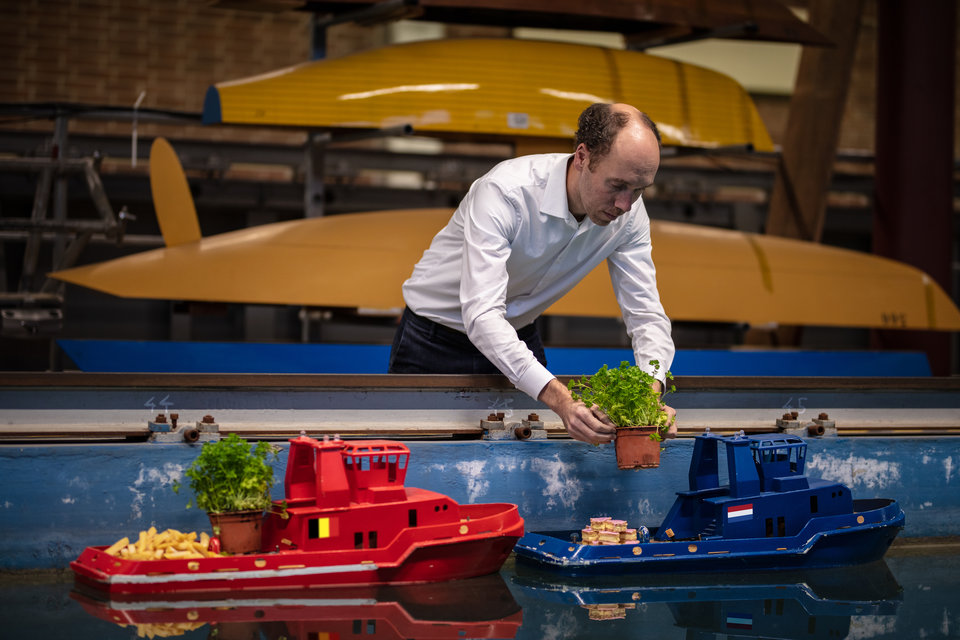


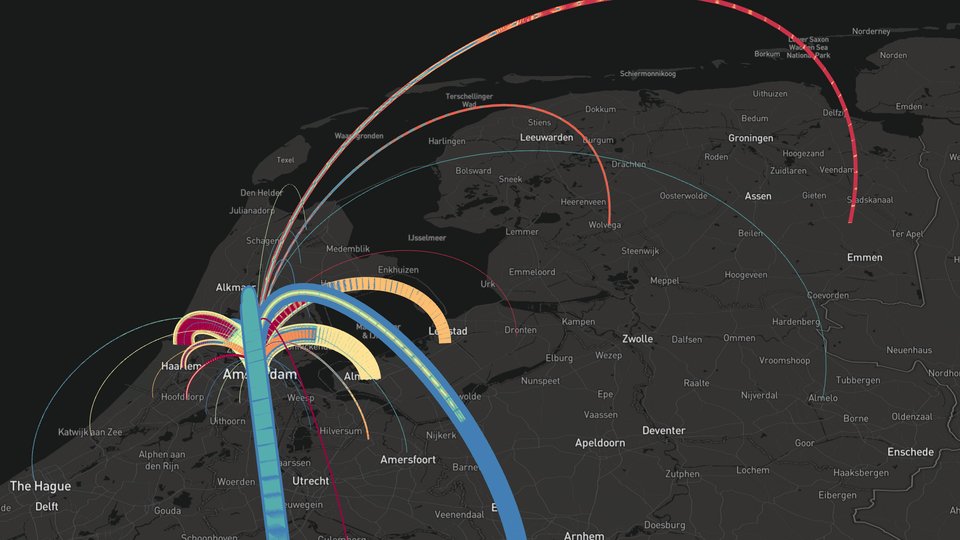
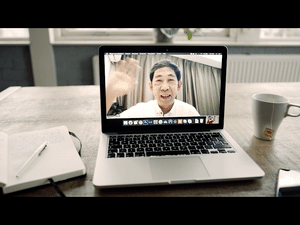


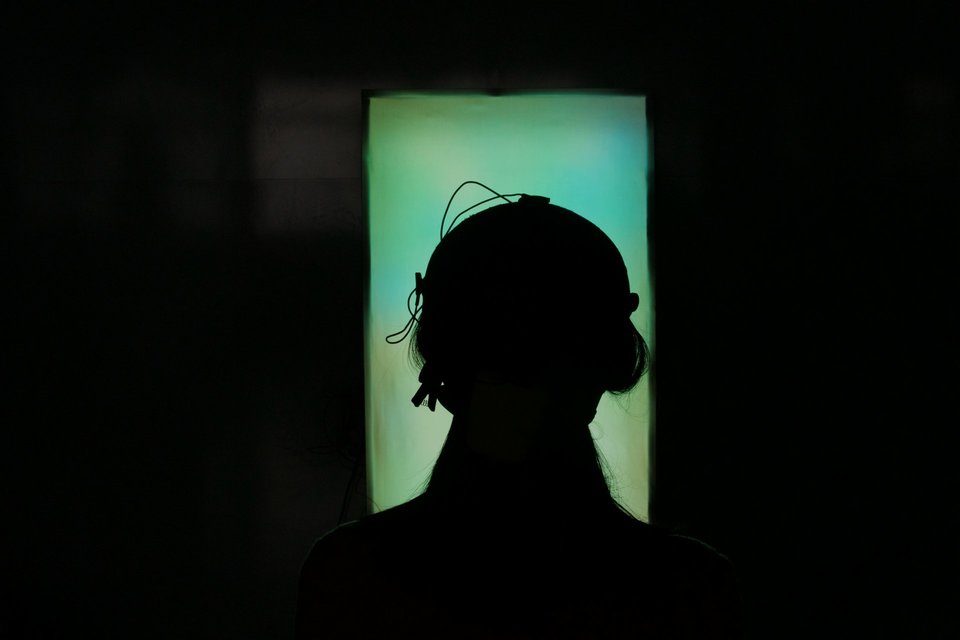
![[Translate to English:] [Translate to English:]](https://filelist.tudelft.nl/_processed_/0/b/csm_Header%20afbeelding%20InDetail%20-%20Stefan%20Buijsman%20-%202_01_8b72583971.jpg)
